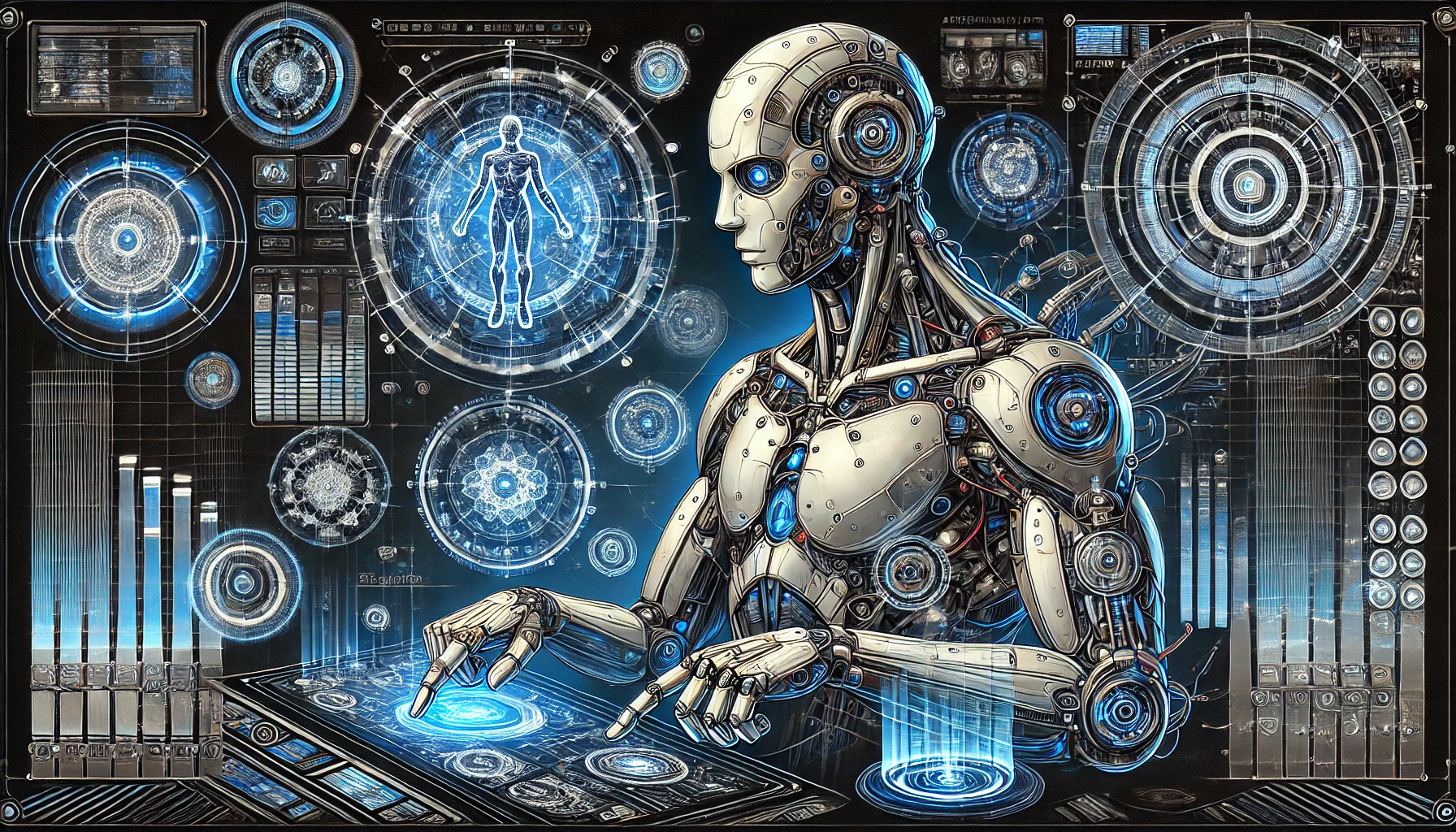In the ever-evolving realm of technology, understanding areas of artificial intelligence (AI) is crucial for future innovation enthusiasts. This gathering of resources aims to provide readers with a comprehensive guide to AI’s pivotal aspects. Whether a novice eager to learn or a professional seeking knowledge, these articles will be invaluable. The purpose of this compilation is to offer a cohesive and informative collection of AI topic. This ensures access to detailed insights and expert analyses on crucial AI subjects for all readers.
Areas of Artificial Intelligence
1. Machine Learning
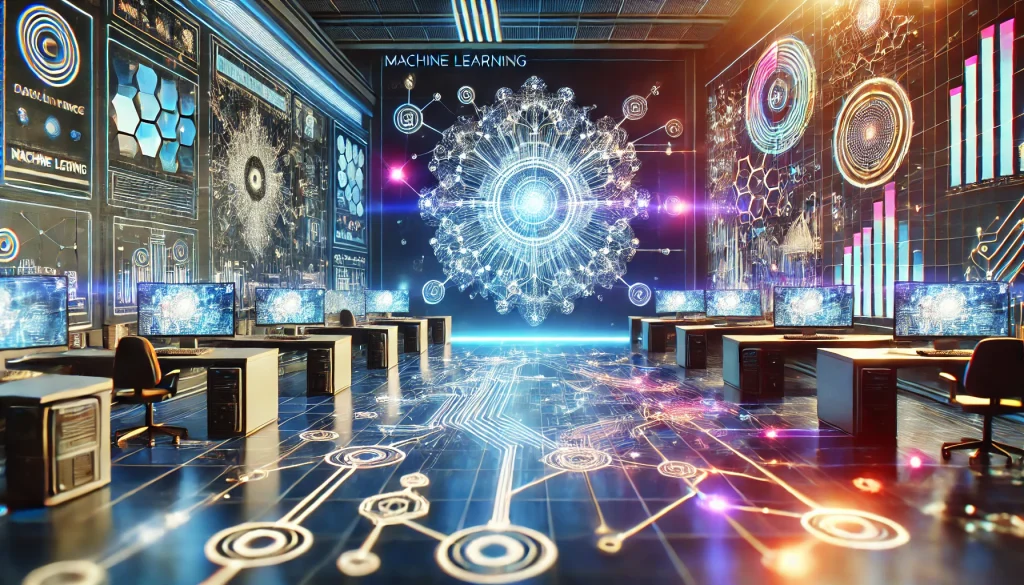
Machine learning is a subset of artificial intelligence developing algorithms that enable computers to learn from data. Unlike traditional programming, machine learning algorithms identify patterns and relationships in data to improve performance. This Machine Learning has a broad range of applications, from predicting consumer behavior to optimizing industrial processes.
2. Deep Learning
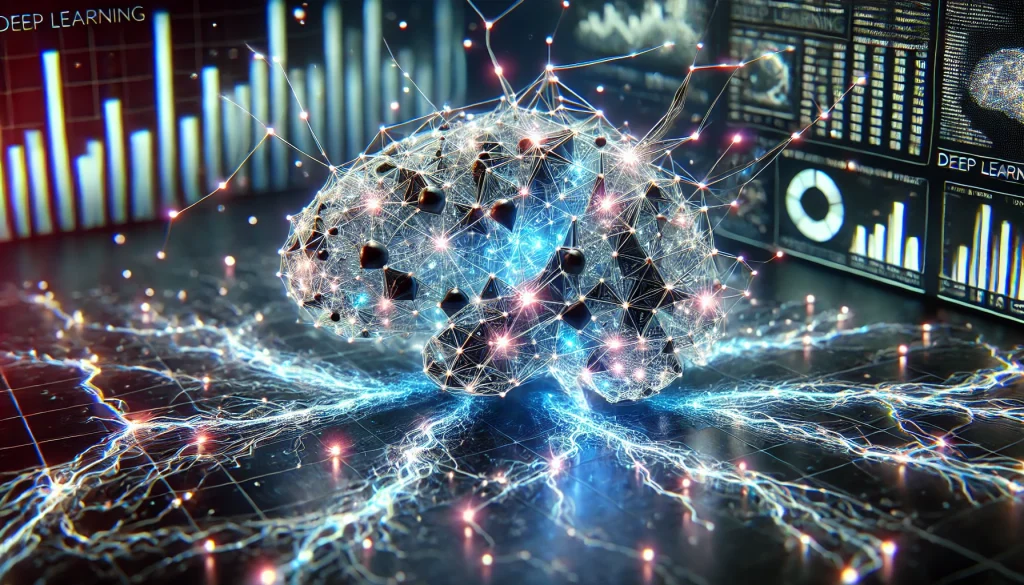
Deep learning, a specialized field within machine learning, involves neural networks with many layers (hence “deep”). These networks simulate the behavior of the human brain to recognize patterns in large datasets. The evolution of deep learning has been marked by significant milestones, such as the development of convolutional neural networks (CNNs) for image processing and recurrent neural networks (RNNs) for sequence data. This article traces the development of Deep Learning from its early theoretical foundations to its current state-of-the-art applications.
3. Computer Vision

Computer vision is an interdisciplinary field that enables computers to interpret and process visual data from the world. By mimicking the human visual system, computer vision technologies can perform tasks such as object recognition, facial recognition, and scene reconstruction. This Computer Vision explores the foundational concepts of computer vision and its applications in industries like healthcare, automotive, and security.
4. Natural Language Processing (NLP)
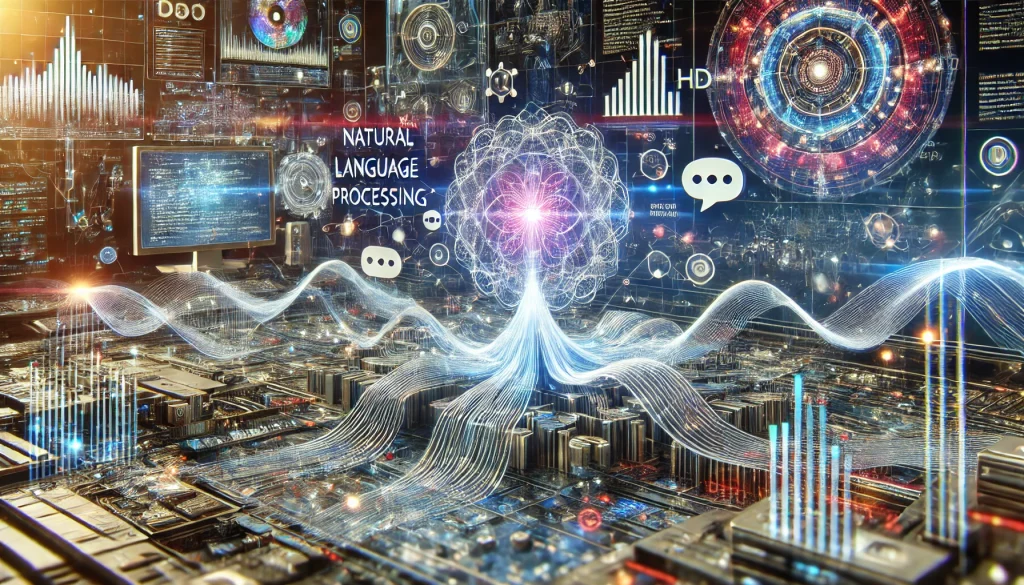
Natural Language Processing (NLP) is a branch of AI that focuses on the interaction between computers and humans through natural language. NLP involves several tasks, including text analysis, machine translation, sentiment analysis, and speech recognition. This area has significantly transformed how we interact with technology, enabling advancements in virtual assistants, automated translation services, and more.
5. Neural Network
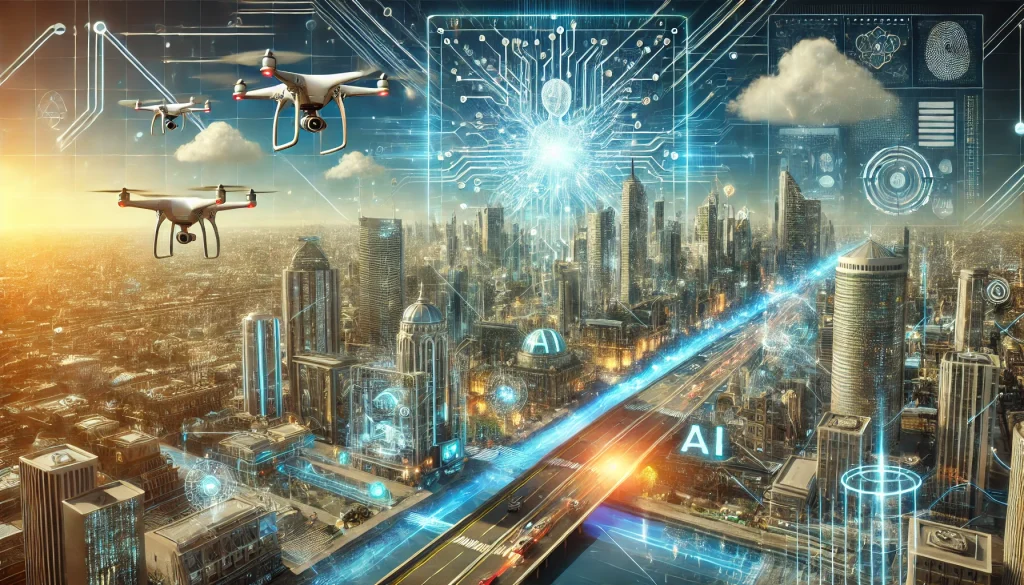
Neural network is a series of algorithms that attempt to recognize underlying relationships in a set of data through a process that mimics the way the human brain operates. They are the foundation of deep learning and are used in various applications such as image and speech recognition, autonomous driving, and financial forecasting. This resource provides an in-depth understanding of how Neural Networks function and their architecture.
Areas of Artificial Intelligence Summary
In this collection, we have gathered invaluable resources covering the primary areas of artificial intelligence. Each resource is carefully selected to provide detailed and comprehensive information, ensuring you have access to essential knowledge and insights. Below is a table summarizing the features of these resources:
| Resources | Description | Link |
|---|---|---|

Machine Learning |
Detailed definition and principles | |

Deep Learning |
History and evolution of deep learning | |

Computer Vision |
Key aspects and applications | |

Natural Language Processing (NLP) |
Impact on modern communication | |

Neural Networks |
Detailed explanation of neural networks |
Conclusion
Understanding the various areas of artificial intelligence cannot be overstated. First, these resources provide a robust foundation for anyone looking to explore and comprehend the diverse facets of AI. Additionally, we encourage you to delve into these links and expand your knowledge. Furthermore, if you have any additional resources or suggestions, please feel free to share them with us.
FAQ
What is the significance of machine learning in artificial intelligence?
Machine learning is a crucial component of artificial intelligence, enabling systems to learn and improve from experience. In essence, it forms the backbone of many AI applications, ranging from recommendation systems to predictive analytics.
How has deep learning evolved over the years?
Deep learning has seen significant advancements since its inception. Initially inspired by neural networks, it has grown to encompass complex architectures and algorithms, leading to breakthroughs in image and speech recognition.
What are the primary applications of natural language processing?
Natural language processing (NLP) is used in various applications, such as virtual assistants, language translation, sentiment analysis, and more. Essentially, it helps machines understand and interact with human language, making technology more accessible and efficient.
Ethan Park holds a PhD in Artificial Intelligence, having conducted research in machine learning algorithms and natural language processing. With a strong foundation in mathematics and programming, Ethan is passionate about exploring the ethical implications and applications of AI.

